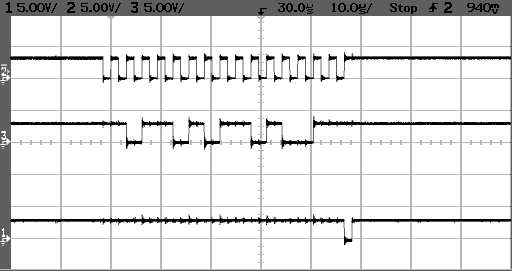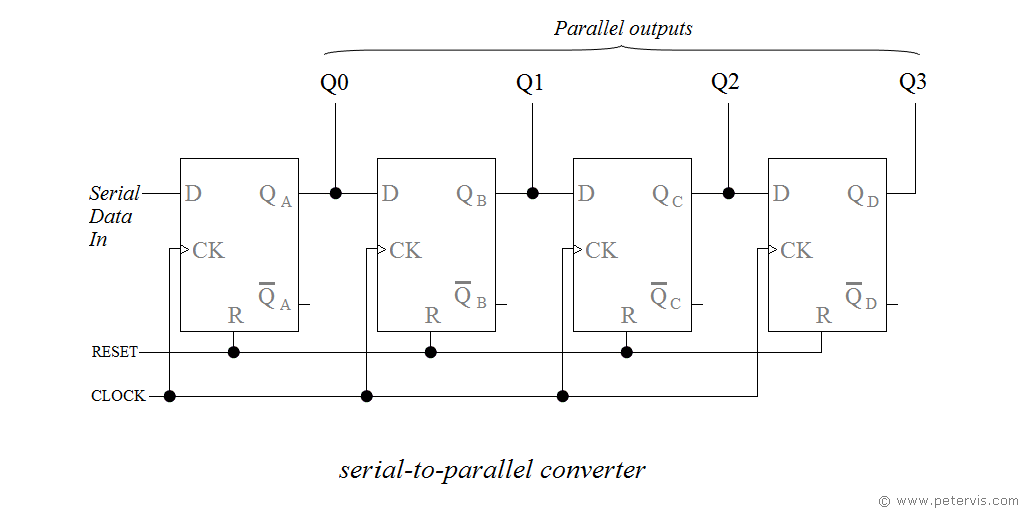

- #Parallel to serial converter buffer how to
- #Parallel to serial converter buffer code
- #Parallel to serial converter buffer Pc
In the main function, xbee = fdserial_open(9, 8, 0, 9600) configures the serial connection to receive messages on the P9 I/O pin, send with the P8 pin, set the mode to 0, and the baud rate to 9600 bits per second. Then, fdserial *xbee sets up a full-duplex serial device identifier. The library for full-duplex serial communication is called fdserial, and #include "fdserial.h" makes its functions available to the application.

Use the Load EEPROM & Run button to load the modified program into EEPROM.Set your SimpleIDE COM dropdown back to the Activity Board (original or WX version).If you want to modify and re-run your program, follow these steps: Start typing characters and verify that they are sent back prepended with “You typed: h“, “You typed :e”, etc.Press/release the RST button on the Activity Board (original or WX version).Change the Baud rate dropdown from 115200 to 9600.Click the Program menu and select Open Terminal.Next, set your COM port dropdown to your XBee/USB adapter’s port.Plug back in and select the port that should have reappeared.) Whichever port disappeared must be your Activity Board. (If you don’t know the COM port number, check the list once, then unplug your Activity Board and check again. Click it to see your port list, and set it to your Activity Board’s port. The COM port dropdown is at the top-right of the button bar.

Documents\SimpleIDE\Learn\Examples\Protocols The Xbee on the adapter will receive that broadcast and send it to the PC, which then displays it on the SimpleIDE terminal. The Propeller program then sends “You typed: + the character” back to the Activity Board’s XBee, which broadcasts that message to the XBee connected to the USB adapter. The XBee on the Propeller will receive those characters from the airwaves, and send them to the Propeller as serial messages. That XBee will broadcast those characters on its radio frequency. After setting up the SimpleIDE terminal to talk with the XBee adapter, you’ll be able to type characters in to send them to the XBee you connected to the adapter.
#Parallel to serial converter buffer code
The test code is a loopback connection, meaning it sends back what it receives. If you haven't already installed the latest USB driver, SimpleIDE, or Learn folder, go to Propeller C - Set up SimpleIDE and Propeller C - Start Simple.
#Parallel to serial converter buffer Pc

Now, we can safely build the circuit, without having to worry about some old program in the Propeller chip’s EEPROM sending signals to the XBee module’s DO pin.
#Parallel to serial converter buffer how to
This example demonstrates how to use full-duplex serial communication with XBee radios, and also with the SimpleIDE Terminal. Although the Propeller uses half-duplex serial communication with the SimpleIDE Terminal by default, that can be disabled and replaced with full-duplex serial communication. Examples of devices where full-duplex serial communication can be useful include XBee radios, other microcontrollers, and even the SimpleIDE Terminal.


 0 kommentar(er)
0 kommentar(er)
